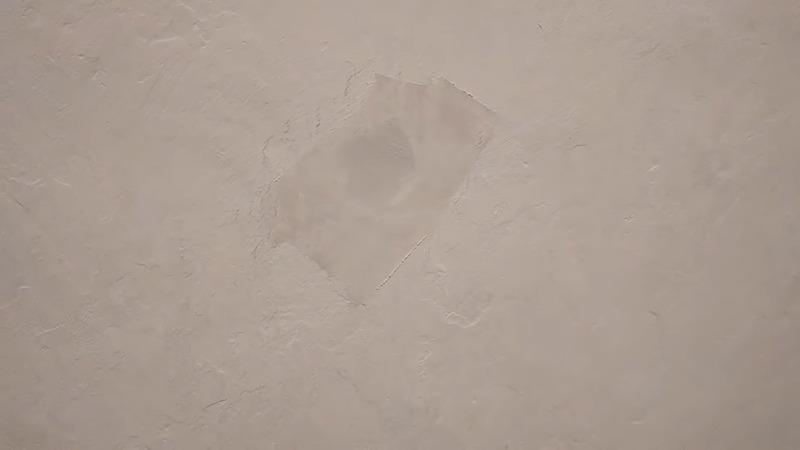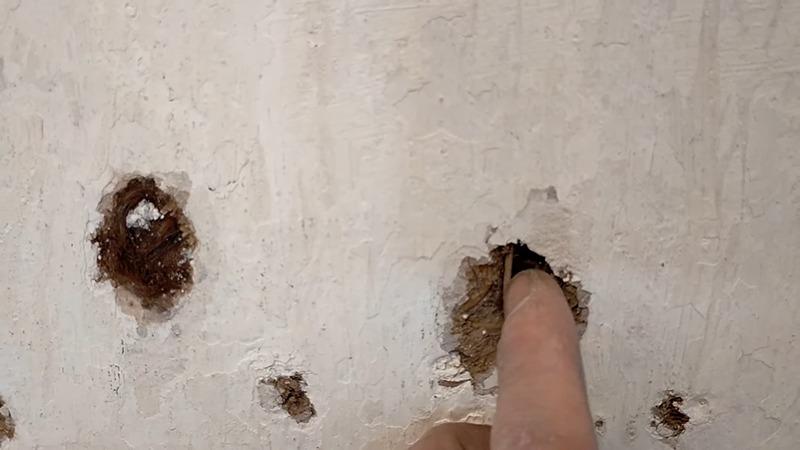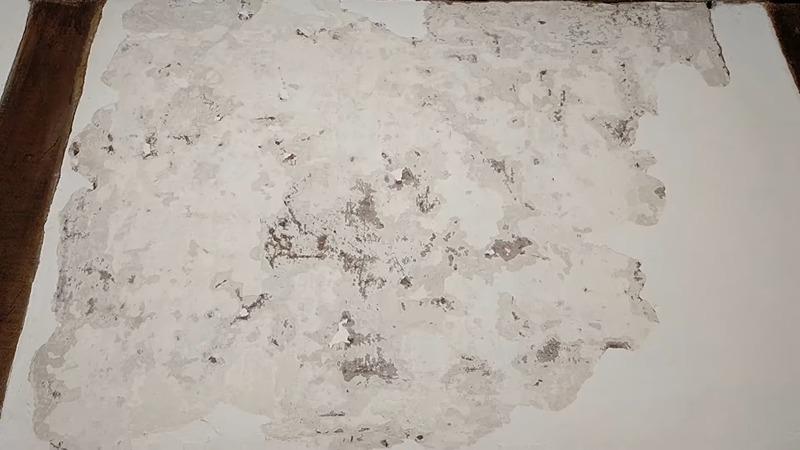Is Horsehair Plaster Dangerous?

Horsehair plaster has been used for hundred years. It’s a popular type of plaster used in commercial buildings. It’s used to create a smooth surface to which paint will adhere. Horsehair plaster comprises water, lime, aggregate, and sometimes animal hair. It’s used to bind the mixture together. It’s used to create a smooth surface to which paint will adhere.
Horsehair plaster is a popular alternative to the traditional plaster of Paris. It is a type of plaster that is made up of a mixture of clay, water, and horsehair. It is used to cover cracks in the wall and to set plaster on walls. It is sometimes referred to as horsehair plaster or plaster of Spain.
Horsehair plaster can contain dangerous asbestos and anthrax fibers. It is a type of plaster that is not recommended for indoor use. It’s not recommended for indoor use because it can contain asbestos fibers. It is not safe for indoor use because it can contain asbestos and anthrax.
You'll Learn About
Why Horsehair Plaster is Dangerous?
In the 1950s, asbestos was used to make plaster, which was then used in homes. Many home plasters contain asbestos, which is a very dangerous form of asbestos. Brushing the plaster dust into the air can cause asbestosis, mesothelioma, and lung cancer.
If you suspect you’ve been breathing asbestos-contaminated plaster dust, you should wear a mask and vacuum the dust off your walls and furniture. Brushing the plaster dust into the air can cause asbestosis, mesothelioma, and lung cancer. Even if you don’t brush plaster dust into the air, it can remain long after the plaster is dry.
If you’re not wearing a mask when you brush it off, you could be breathing in some of the asbestos dust. If you have a history of bronchitis, emphysema, or lung cancer, you should wear a mask when you brush plaster dust.
Asbestos and Anthrax Spores
Horsehair plaster contains asbestos and can release asbestos spores into the air. Asbestos can cause several serious diseases, including asbestosis, mesothelioma, and lung cancer. Horsehair plaster can release millions of asbestos fibers into the air, increasing the risk of cancer, particularly mesothelioma and lung cancer.

If you have any asbestos exposure, it’s important to get it checked out for signs of asbestos-related diseases. If you are at high risk of asbestos exposure, you should avoid the use of horsehair plaster. Mesothelioma is aggressive cancer that can develop years after asbestos exposure.
If you develop mesothelioma or other asbestos-related diseases, it’s important to get it treated as soon as possible. If you have any asbestos exposure, it’s important to get it checked out for signs of asbestos-related diseases.
Horsehair plaster is usually made from horsehair, starch, and plaster of Paris. Horsehair plaster is a mixture of plaster of Paris and water. The mixture can be poured into pre-drilled holes to fill crevices. The mixture hardens to make a plaster mold. This mold is used to cast plaster casts.
The infection from a horsehair plaster is caused by a bacteria called anthrax. Anthrax is a disease that can cause serious illness. Horsehair plaster can be used in a home setting to make a plaster mold. Horsehair plaster can be dangerous if it isn’t properly used. This mold is used to cast a plaster cast of a horse’s foot.
Animal Hair
Animal hair is used to make the plaster. For this reason, the plaster can emmit the hair in microscopic size. Which can lead to the following problems:
Bacteria
Germs are everywhere but animals are particularly good at picking up nasty forms of bacteria, especially if they are frequently outdoors. Bacteria can live on all surfaces and can be spread from one person to another through human contact.
Parasitic Infections
Parasites are small, or sometimes large, animals that live on other animals. Parasites can cause diseases that can be passed from one animal to another through human contact. The most common animal parasites can include fleas, ticks, lice, flies, and worms.
Allergy
Allergic reactions are the body’s reaction to something that it does not think is good for it. Allergies are usually caused by something that is not typically harmful but becomes harmful when eaten or inhaled (like peanuts or pollen).
Asthma
Asthma is an inflammation of the lungs, which a number of things including allergies, irritants, and smoke can cause.
Stronger Immune System
An animal’s immune system helps it to fight off any microorganisms or diseases that it comes into contact with.
Inhalation of Dust
Dust can be dangerous for the human body. It may be small dust but it can cause lung problems. The most common dust you can inhale is horsehair plaster. It causes lung problems. Here is how it can create problems:
- The plaster is a white powder that can be mixed with water to form a paste or plaster. Plaster of Paris is made from the ground-up shells of a type of mollusk called a bivalve. The bivalve mollusk is often called a “giant clam”.
- When the plaster is in contact with the skin, it creates a problem, which causes the skin to swell. This action can cause the skin to become red, hot, and painful.
- Inhalation of plaster dust can cause irritation in the nose, throat, eyes, and lungs. It can also cause lung damage, wheezing, and shortness of breath.
- The powder is easily absorbed through the lungs, and small particles can get deep into the lungs. They are then absorbed by the lymphatic system, which is the system used to clean the body.
- Plaster dust can cause serious respiratory diseases such as bronchitis and pneumonia.
Horsehair Plaster Allergy
This plaster can create too many allergies. The environment can trigger many allergic reactions in people. Horses do not have dust mites, but they can trigger asthma in people. This is because the hair of a horse can be used as plaster. If you are allergic to this type of plaster, you should avoid it.

You can use a wet cloth to clean the horsehair plaster, but it’s better to replace it with a new one. It can help to consider a horsehair plaster allergy if you have asthma. Horsehair plaster is often used in many houses. It is important to know that horsehair plaster contains lime and animal hair. If you are allergic to animal hair, you should avoid it. Use other plaster materials.
Can Horsehair Plaster Make You Sick?
Horsehair plaster is a type of plaster made with lime, dust, animal hair, water, and aggregate that’s used to make plasterboard. It is widely used in furniture, walls, and ceilings, and can be found in houses all over the world. The dust made by this type of lime is as fine as the dust created by drywall, but it can still trigger allergy symptoms.
Horsehair plaster can be found in some paints and varnishes, which is how the dust can get into a room and trigger a reaction. If you’re allergic to horses, horsehair plaster can cause you to feel ill. You cannot avoid horsehair plaster if you have an allergy to horses. Use a respirator when working with horsehair plaster. The dust will have to be removed by vacuuming it up every now and then.
Is Lime Dust Harmful to Humans?
Lime dust has the potential to cause a wide range of symptoms, including irritation of the lungs, coughing and sneezing, pain, vomiting, bleeding, diarrhea, and a drop in blood pressure. Lime dust can be an irritant that causes coughing and irritation of the eyes and nose. You can protect yourself by wearing a dust mask.
It is best to avoid inhaling lime dust at all costs. If you do get some lime dust on your skin, wash it off with soap and water. If you are using a lime mortar, it is best to wash it out of the container and you can then throw it away.

Long-term exposure to lime dust can cause esophageal or stomach perforation. You can also eat lime, but you should be careful about how much you eat. A lime mortar should be washed out and discarded. This problem should be fixed.
How Long Does a Plaster Allergy Last?
It’s a common misconception that only adults are affected by a plaster allergy. It’s usually a temporary reaction—one that clears up in 2 to 4 weeks—but it could linger for months or longer. If it recurs, discuss the problem with your doctor. Although it doesn’t usually present as a big problem, a plaster allergy can cause a variety of health problems, so you should take steps to avoid it.
If you’re an adult, try some self-care steps to ease the symptoms. You should also try to find out if the problem is recurring. An adult with a plaster allergy should try to avoid the allergen, and if that doesn’t work, it’s time to discuss it with your doctor.
If your child gets a problem, your doctor may recommend getting a nasal steroid spray for the easier and more effective treatment of plaster allergies. If the problem doesn’t clear up, you may need to visit a specialist to diagnose it. Try some of these steps to ease the symptoms first. Don’t place the child’s decorated study table near the walls.
To Recap
One of the great inventions from Spain still today decorates our old homes and offices a little bit after discontinued. It was discontinued as being harmful to humans. So, if you still have this kind of plaster, consider changing it to new drywalls.
